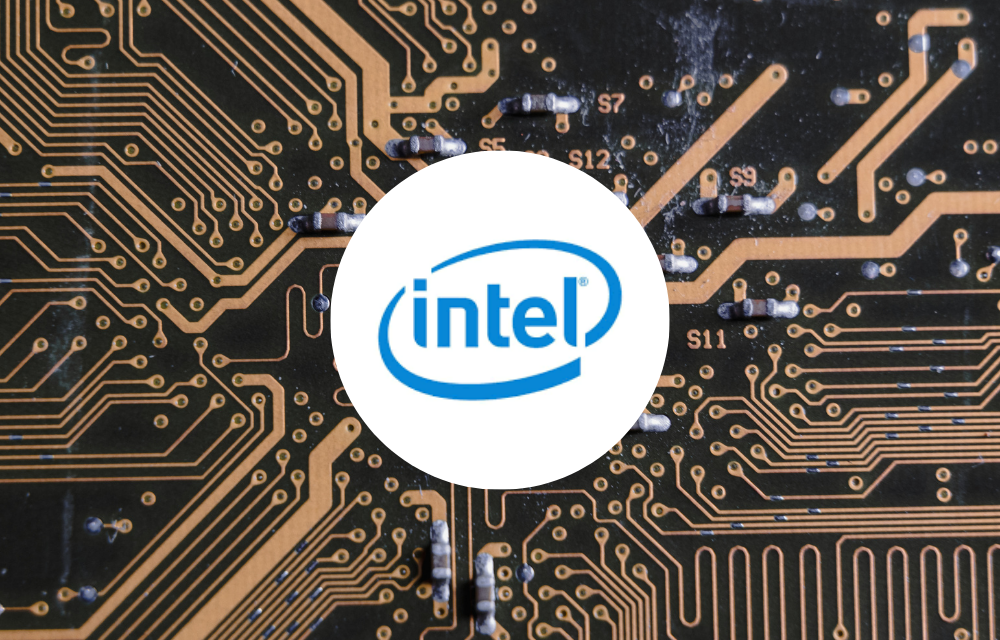Intel, a giant in the semiconductor industry, is entering a new era under the leadership of its recently appointed CEO. With the tech landscape evolving rapidly and competition intensifying, this leadership change is more than just a management shuffle—it represents a bold strategic pivot. The new CEO has announced ambitious plans aimed at revitalizing Intel’s chip-making business and regaining its position as an industry leader.
In this blog, we’ll explore Intel’s current challenges, the new CEO’s vision, and what these substantial changes mean for the company, the industry, and consumers.
Introducing the New Leadership
Intel’s new CEO, [Name], brings a fresh perspective and extensive experience from previous roles in the technology sector. Known for blending operational efficiency with innovative thinking, [Name] is tasked with steering Intel through one of its most critical transitions.
The semiconductor world has become fiercely competitive, with companies like TSMC and Samsung pushing the boundaries of chip manufacturing. To stay relevant, Intel needs not just incremental improvements but a comprehensive overhaul. That’s precisely what this new leadership intends to deliver.
The Current State of Intel
Once the undisputed leader in semiconductor manufacturing, Intel has faced several setbacks in recent years:
- Manufacturing delays: Intel struggled to move to smaller and more efficient process nodes, falling behind competitors who adopted newer technologies faster.
- Market competition: Rival foundries have captured market share by servicing key clients and offering state-of-the-art production facilities.
- Supply chain issues: Recent global disruptions exposed vulnerabilities in Intel’s supply and manufacturing network.
- Shifting customer demands: Increasing demand for specialized chips for AI, cloud computing, 5G, and automotive industries requires new approaches and innovation.
Given these challenges, Intel needs a bold strategy and strong leadership to reclaim its industry dominance.
The CEO’s Vision: What’s Changing?
The new CEO’s plan revolves around several substantial initiatives that will reshape Intel’s future:
1. Revitalizing Manufacturing Capabilities
At the heart of Intel’s revival is a significant investment in upgrading its fabrication plants. The goal is to:
- Accelerate the adoption of advanced manufacturing processes such as 5nm and smaller nodes.
- Expand Intel’s foundry services, allowing third-party chip designers to use Intel’s manufacturing facilities.
- Incorporate cutting-edge technologies like extreme ultraviolet (EUV) lithography to improve production efficiency and chip quality.
This focus on manufacturing aims to close the technology gap with industry leaders and position Intel as a premier foundry partner.
2. Growing the Foundry Business
Intel plans to become a serious competitor in the foundry market, which is currently dominated by TSMC and Samsung. By opening its manufacturing facilities to external clients, Intel can diversify revenue streams and capitalize on rising global chip demand.
3. Innovation in Chip Design and Architecture
Intel will invest heavily in developing new CPU architectures that cater to the needs of data centers, AI applications, and edge computing. Key areas include:
- Multi-core processors optimized for performance and power efficiency.
- Advanced packaging techniques to integrate multiple chiplets for enhanced functionality.
- Specialized AI accelerators designed to speed up machine learning workloads.
4. Strategic Collaborations and Acquisitions
To accelerate innovation, Intel is exploring partnerships with software companies, cloud service providers, and hardware startups. These collaborations aim to create integrated solutions and foster advancements in areas such as quantum computing and AI.
5. Sustainability and Supply Chain Resilience
The new leadership recognizes the importance of sustainability and robust supply chains. Intel plans to:
- Invest in energy-efficient manufacturing and reduce carbon emissions.
- Diversify its supply sources to mitigate risks from geopolitical tensions or disruptions.
- Enhance recycling and materials reuse to support a circular economy.
Broader Industry Impact and Challenges
Intel’s ambitious plans come amid a complex global backdrop. Factors like labor relations and economic shifts also influence the technology landscape. For instance, the recent Canada Post union agreement has implications for workforce stability and operational efficiency in large-scale enterprises. Meanwhile, fluctuations in global markets, such as the recent oil price pullback amid uncertain geopolitical ceasefire talks, can affect production costs and logistics across industries, including semiconductor manufacturing.
What This Means for Consumers and the Market
If Intel successfully executes its strategy, it could:
- Accelerate innovation in computing and AI, enabling new applications and improved performance.
- Increase competition in the chip manufacturing market, potentially driving down costs and improving supply security.
- Help reduce reliance on a limited number of manufacturing hubs by expanding production capacity globally.
For consumers, this could mean access to more powerful and affordable technology in the coming years.
The Road Ahead
Despite the optimistic vision, Intel faces substantial hurdles. Transitioning to new manufacturing processes is notoriously difficult, requiring billions in investment and flawless execution. Competing with established foundry giants demands speed, reliability, and strong client relationships. Plus, managing global supply chains amid geopolitical tensions adds another layer of complexity.
However, with clear leadership and an ambitious roadmap, Intel is positioning itself for a major turnaround.
Conclusion
The arrival of a new CEO at Intel ushers in a period of substantial change aimed at revitalizing one of the world’s most important technology companies. Through investments in manufacturing, foundry expansion, innovation, sustainability, and strategic partnerships, Intel seeks to reclaim its status as a semiconductor leader.
While challenges remain, the industry and technology enthusiasts will be watching closely as Intel embarks on this transformative journey.






